Abstract:
Autonomous on-orbit servicing of satellites leads to a significant savings in mission life-cycle costs, especially for expensive satellites and for expensive satellite systems composed of many satellites, such as constellations or close formations. The ability to repair satellites, replace worn components, and resupply critical consumables, such as station-keeping propellant, will lead to increased on-orbit lifetime and lower system costs. Microcosm has recently completed a Phase II SBIR on Testing of Satellite Servicing and Inspection Elements for the Air Force Research Laboratory, Space Vehicles Directorate in Albuquerque, NM. In September 2002, Microcosm and Michigan Aerospace Corporation successfully tested the Autonomous Micro-Satellite Docking System (AMDS) in micro-gravity conditions onboard NASA’s KC-135 micro-gravity research aircraft. The AMDS was designed for soft-docking capability, tolerance to misalignment, and scalability to the micro-satellite level. These tests successfully demonstrated the functionality and robustness of the AMDS design under a variety of initial conditions. This paper focuses on the results of Phase II tests that were performed at the Naval Research Laboratory (NRL) Spacecraft Robotics Engineering and Controls Lab (SRECL). These tests validated Microcosm’s autonomous guidance, navigation and control (GN&C) algorithms with a relative navigation sensor in the loop for satellite servicing and inspection. The NRL simulator is composed of two robotic arms driven by propagated estimates of location and attitude of two independent spacecraft in orbit around the Earth. The simulation models the effect of environmental disturbances on both spacecraft as well as commanded force and torque inputs from the “chaser” spacecraft mock-up flight computer. One arm represents a “chaser” spacecraft and the other arm the “target.” The “chaser” spacecraft monitored relative position with an ILRIS-3D LIDAR sensor produced by Optech, Inc., of Toronto, Canada. Microcosm wrote custom software to convert this sensor from a commercial, long-integration time “batch” terrestrial surveying sensor into a 0.25 Hz closed-loop relative navigation sensor. Microcosm also developed and tested relative motion control algorithms. In the SRECL, these algorithms were tested to show spacecraft rendezvous from an initial separation of 15 m down to 4 m, but not actual complete hard docking, due to test facility limitations at the time of the tests. The results of the tests presented in this paper show that the ILRIS-3D sensor provided data with sufficient accuracy to be used for relative navigation. In addition, the guidance laws were tested with an actual navigation sensor in the loop and a modeled thruster-based spacecraft attitude and navigation control system.
Download “Hardware-in-the-Loop Tests Of An Autonomous GN&C System for On-Orbit Servicing”
Bell, R., T. Morphopoulos, J. Pollack, J. Collins, J.R. Wertz and R.E. Van Allen. Space 2003 Conference, Long Beach, CA. September 23–25, 2003.
